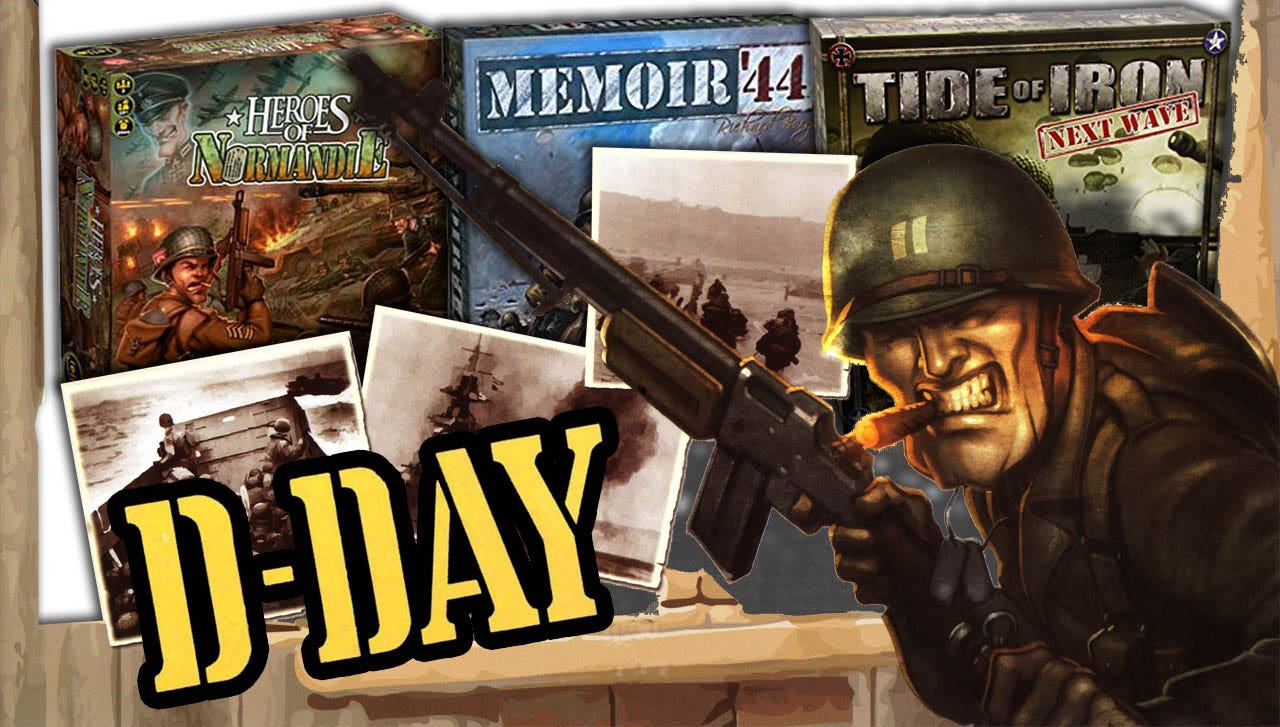

You can stay in most sectors for three turns, but some you can only stay in for one.Īt any point before combat (see below), you can trade resources with other units in your sector. After that, each unit can optionally move. If you get the RWB bonus for skulls or you use a skull in your straight, those skulls don’t cancel out any dice like they normally would.Īfter you record your results on your resource cards, everyone gets a chance to use some of their resources to buy new cards (specialists, items, etc.). If you roll one of each symbol, you get a Straight, which lets you look through the Award deck and take one (these are basically more powerful items). If you roll a three-of-a-kind in all three colors, you not only get the results shown on the dice, you also get an RWB bonus, which activates one of the unique abilities shown on your country’s player aid. There are two types of special rolls that you can get: Red, White, & Blue (RWB) and Straights. Skulls – Each skull you roll negates one other die of your choice.Items are cards that give you one-time-use abilities. Tools – Tools are converted into item points, which can then be used to get new items.When you move forward into a new sector, you have to “pay” the amount of courage shown on the map. Courage – You need courage to advance toward the bunker.Sometimes sectors will require that you have specific specialists in order to move into those zones, so, again, you have to plan ahead. These are highly trained soldiers who will give you special abilities.

Stars – You use your stars to recruit specialists.There’s one die face with one soldier and one with two soldiers. You’ll lose some soldiers every turn, so you have to plan ahead (and roll well) to be able to survive. Soldiers – This is your main resource.During a turn, everyone will roll their six dice, lock two of them after that first roll, and then optionally reroll any of the other dice two more times. Your goal is to use your limited resources (soldiers, items, vehicles, etc.) to fight your way through the map and make it to the bunker with at least one surviving soldier.Įach player has two red, two white, and two blue dice. Everyone chooses one of the countries to play as and grabs their unique player aids. To play a game of D-Day Dice, you choose one of the scenarios, grab that scenario’s battle map, and put out the different sets of cards. The game was designed by Emmanuel Aquin and is published by Word Forge Games. We were sent a copy of this game by the publisher in exchange for an honest review.ĭ-Day Dice is a cooperative World War II dice game in which you get to play as Allied soldiers who are trying to advance up different beaches to take out key machine gun nests. This D-Day Dice (2nd Edition) review was made after playing the game eight times.


 0 kommentar(er)
0 kommentar(er)
